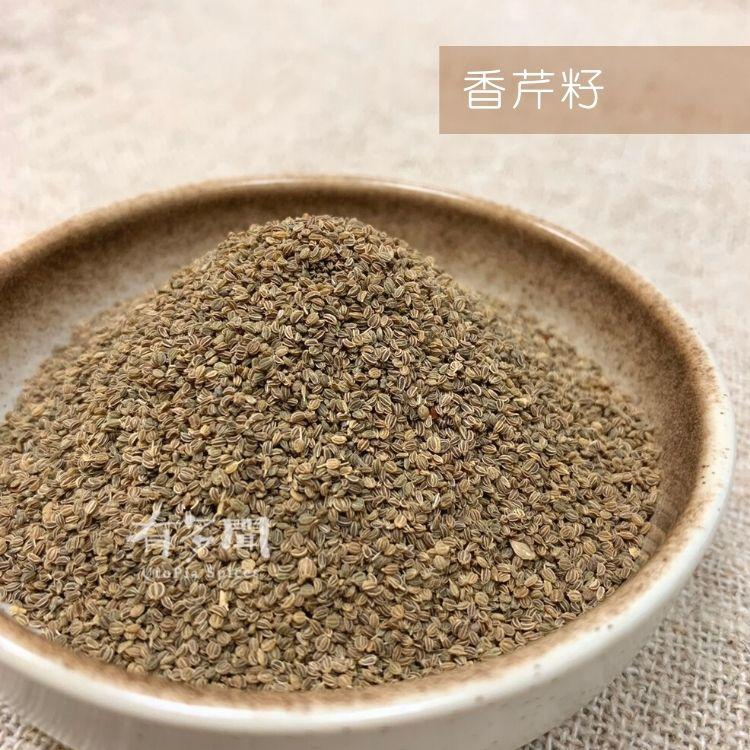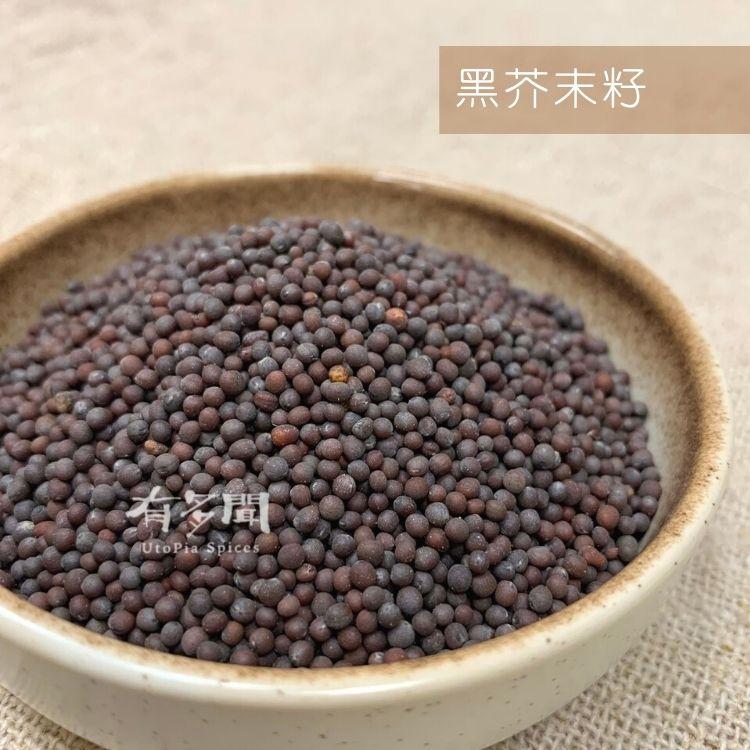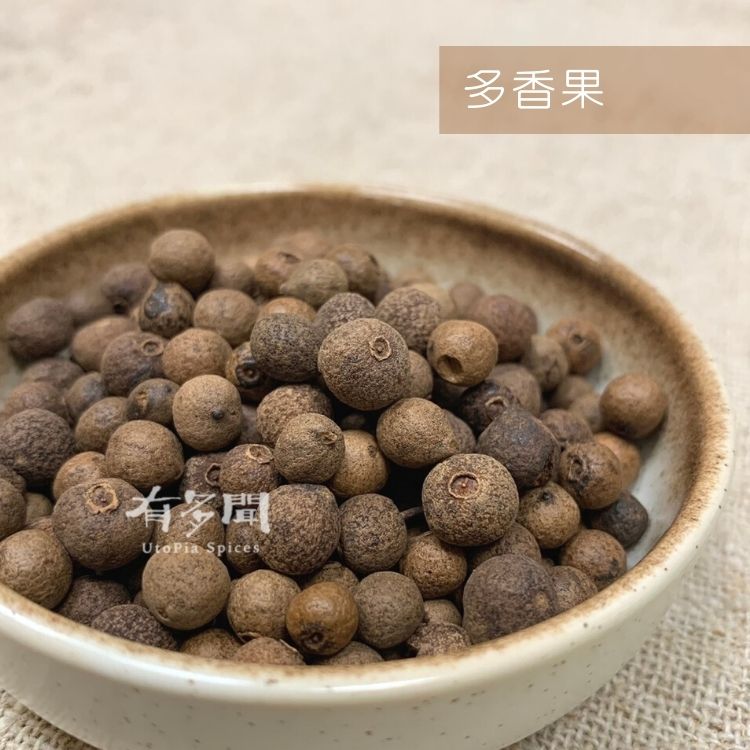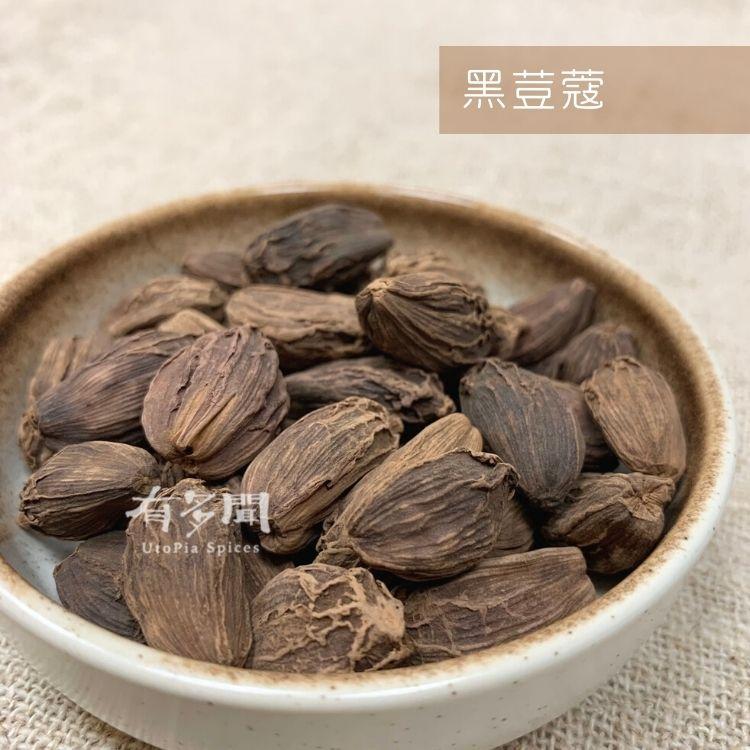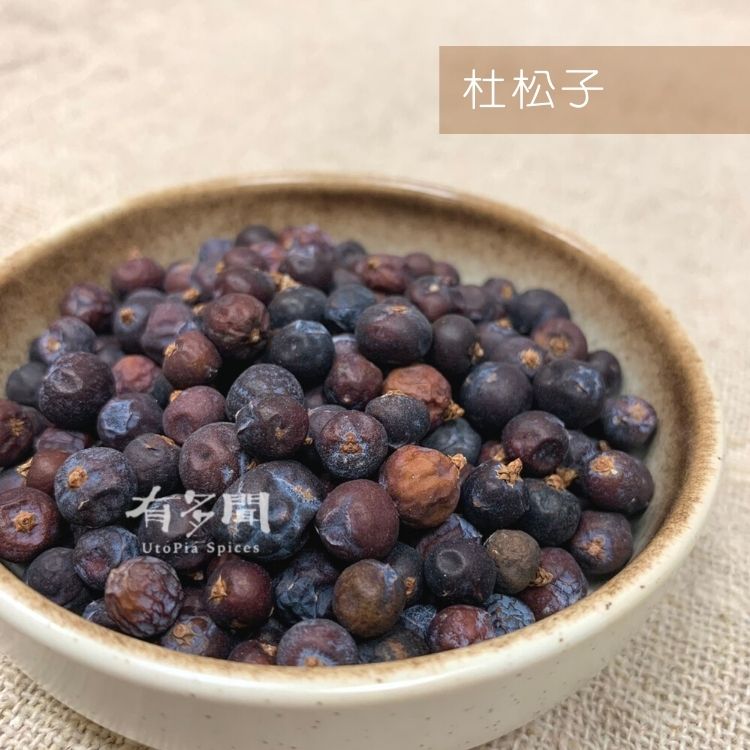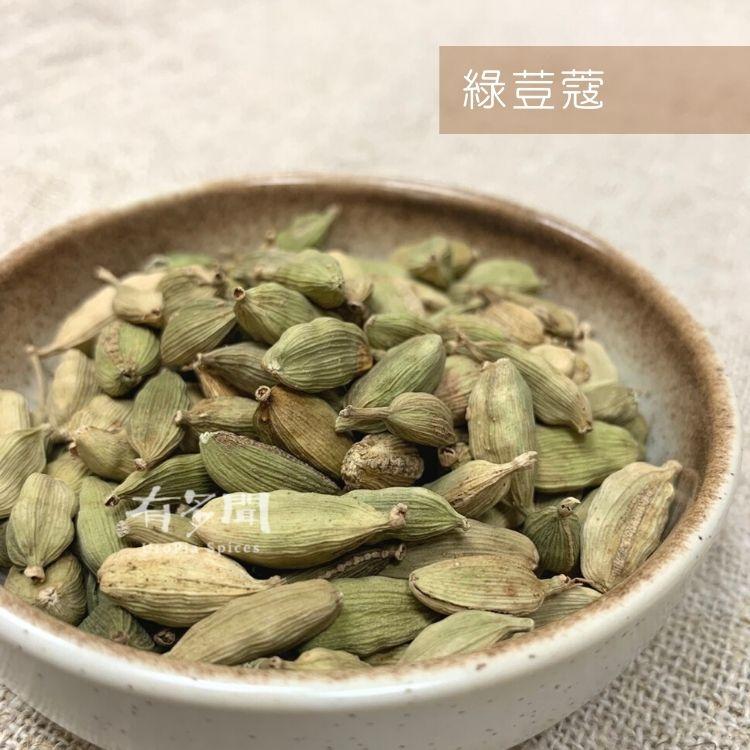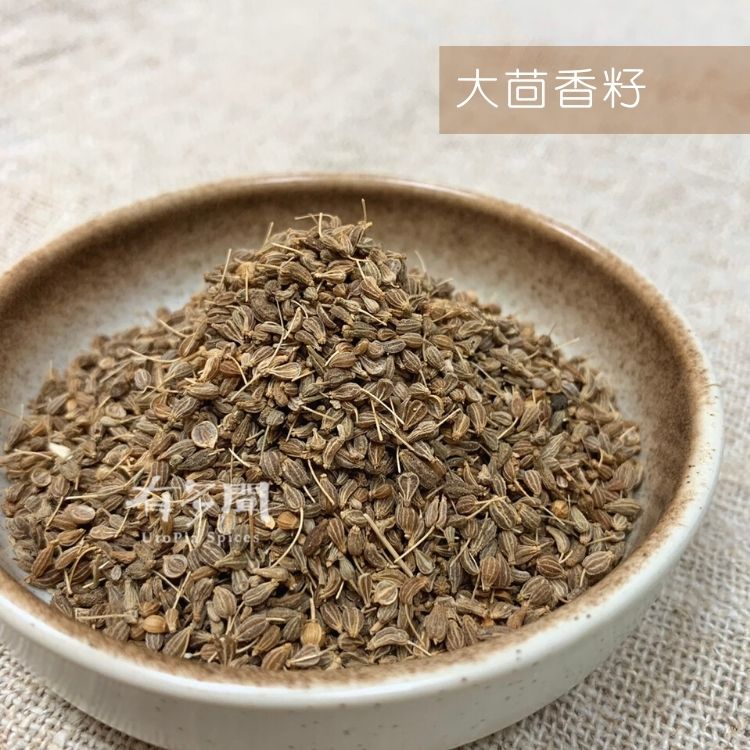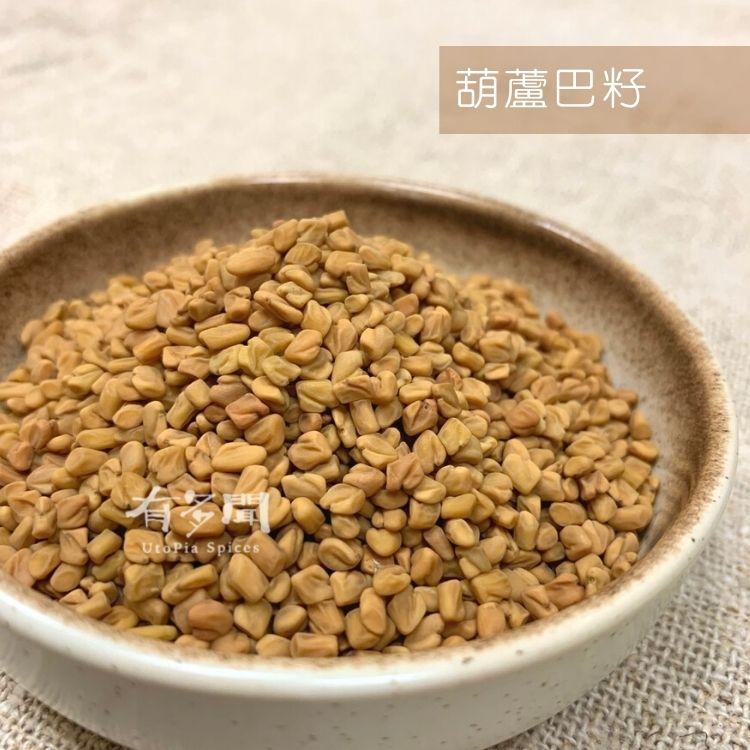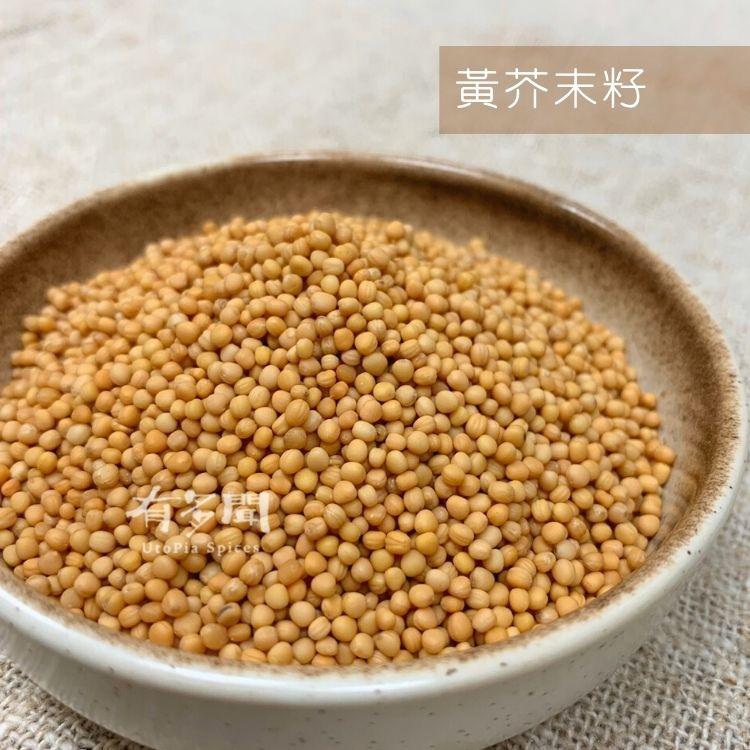
Feature:
Yellow mustard seed is a seed from the mustard plant (Sinapis alba).
Light yellow in color, it is generally milder than black or brown mustard seeds.
Taste and smell:
The flavor is usually relatively mild, with a subtle spiciness.
When moistened and ground, a more intense spicy flavor develops.
Often used to make mustard sauces, the smell and taste of which vary depending on other ingredients added (such as vinegar, salt, honey, etc.).
Origin:
India
Cooking dishes:
It is often used to make mustard sauce and can be used as a seasoning for barbecue, sandwiches, hot dogs and other foods.
In Indian cuisine, yellow mustard seeds are also used for seasoning or to provide a unique flavor to pickled foods.
Can be used for cooking fish, especially to reduce fishy smell.
Applicable dishes:
Suitable for burgers, hot dogs, sandwiches, German sausages, salads, white wine chicken, mustard grilled salmon, cured meat dishes, French mustard cream chicken, pan-fried carrots
**Yellow mustard seeds are widely loved for their versatility and mild flavor. Not only can it be used as a stand-alone spice, but it can also be mixed with other ingredients to create a variety of sauces and sauces.


